Kpop Vs Jpop – two powerhouse genres that have carved their lanes in the global music scene. While both originated in Asia and share elements of pop culture flair, they’re anything but the same.
From the intense idol training systems in South Korea to Japan’s genre-blending artistry and anime tie-ins, Kpop and Jpop reflect unique cultural vibes, fan experiences, and musical styles.
In this blog, we’re breaking down their differences – from visuals and music styles to fandom culture and global reach – so you can see what sets each apart.
Note: This list is created based on a mix of personal opinion and additional factors like artist popularity, cultural influence, and fan engagement.
What’s the Difference Between K-pop And J-pop?
K-pop and J-pop are both popular music genres from Asia, but they’re built very differently. K-pop is known for its global polish and performance-heavy style, while J-pop leans into domestic appeal and artistic individuality.
| Feature | K-pop | J-pop |
|---|---|---|
| Language | Primarily Korean (with English mix-ins) | Japanese (sometimes includes English phrases) |
| Production | Highly commercial, polished, global-ready | Often experimental, artist-driven |
| Training System | Intense, years-long idol training | Less formalized, more variety in entry paths |
| Visual Style | Trendy, high-fashion, synchronized concepts | Varied, includes anime/cosplay-inspired styles |
| Choreography | Core to performance, complex dance routines | Less choreography-focused |
| Global Reach | Massive international fanbase | Strong domestic base with niche global fans |
| Industry Control | Highly managed by entertainment companies | Artists often have more creative freedom |
While both are pop genres with loyal fan bases, K-pop and J-pop differ significantly in language, style, production values, international appeal, and performance culture. K-pop thrives on synchronized visuals and global marketing, whereas J-pop emphasizes individuality, creativity, and its strong ties to Japanese subcultures like anime and idol traditions.
These contrasts give each genre its charm, and a reason why fans around the world love both for very different reasons.
Origins of Kpop And J-Pop: Where It All Began
Both K-pop and J-pop have deep roots in their respective cultures, yet they’ve evolved in distinct ways. Let’s explore how each genre began and grew into the global and domestic forces they are today.
K-pop: From Seoul to Global Domination
The modern K-pop era began in 1992 with Seo Taiji and Boys, whose fusion of Korean lyrics with Western genres like hip-hop and rock revolutionized South Korea’s music scene. Their debut performance of “Nan Arayo (I Know)” introduced synchronized choreography and socially conscious lyrics, setting the stage for a new wave of Korean pop music.
Following their success, entertainment companies such as SM Entertainment (1995), JYP Entertainment (1997), and YG Entertainment (1998) established rigorous training systems for aspiring idols. These systems emphasized performance, visuals, and global appeal, leading to the rise of groups like H.O.T., g.o.d., and later, BTS and BLACKPINK.
The term “Hallyu” (Korean Wave) describes the global spread of Korean culture, with K-pop as a central component. Landmark moments, such as PSY’s “Gangnam Style” in 2012, which became a viral sensation, and BTS’s international concert success, exemplify K-pop’s worldwide influence.
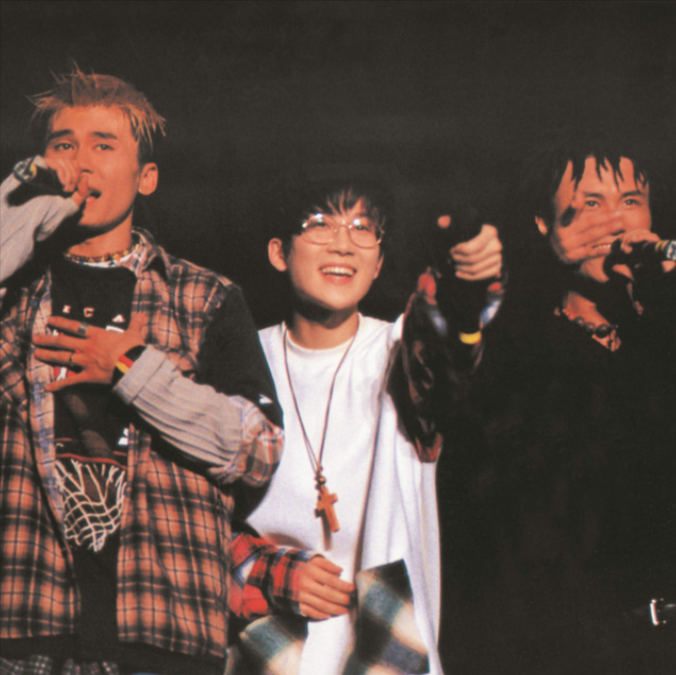
The BTS India Tour is expected to take place in 2026. Check our research here.
J-pop: The Soundtrack of Modern Japan
J-pop traces its origins to the 1950s and 60s, influenced by Western rock and roll. Artists like Kyu Sakamoto gained international fame with hits such as “Sukiyaki,” which topped U.S. charts in 1963.
The “Group Sounds” movement in the 1960s, inspired by bands like The Beatles, led to the formation of Japanese rock bands that blended Western styles with Japanese sensibilities. In the 1970s and 80s, artists like Yellow Magic Orchestra and Seiko Matsuda further shaped the J-pop sound, incorporating electronic music and establishing the idol culture.
Unlike K-pop’s centralized production, J-pop artists often enjoy greater creative freedom, resulting in a diverse range of musical styles. While J-pop has a strong domestic presence, its international reach is more niche, often tied to anime and video game soundtracks.

Music Style & Production Quality
Both K-pop and J-pop are celebrated for their vibrant sounds and high production values. However, they diverge in their musical approaches, with K-pop emphasizing polished, genre-blending tracks and J-pop embracing experimental melodies influenced by various cultural elements.
K-pop’s Polished, Genre-Bending Sound
K-pop is renowned for its high production value and seamless fusion of genres. Artists like BTS and BLACKPINK exemplify this by blending elements of hip-hop, EDM, R&B, and more into cohesive tracks. For instance, BTS’s song and music repertoire spans various styles, including hip-hop, R&B, pop, and soul, allowing them to transcend language barriers and connect with a global audience.
Bonus: Find out how much a BTS concert ticket costs.
The genre’s perfectionist approach is evident in its meticulous production processes. Groups like Monsta X showcase this by combining aggressive styles with hip-hop, EDM, and pop, resulting in high-energy performances that resonate internationally.
Moreover, K-pop’s genre fusion extends beyond music, incorporating synchronized choreography and visually stunning music videos, further enhancing its global appeal.
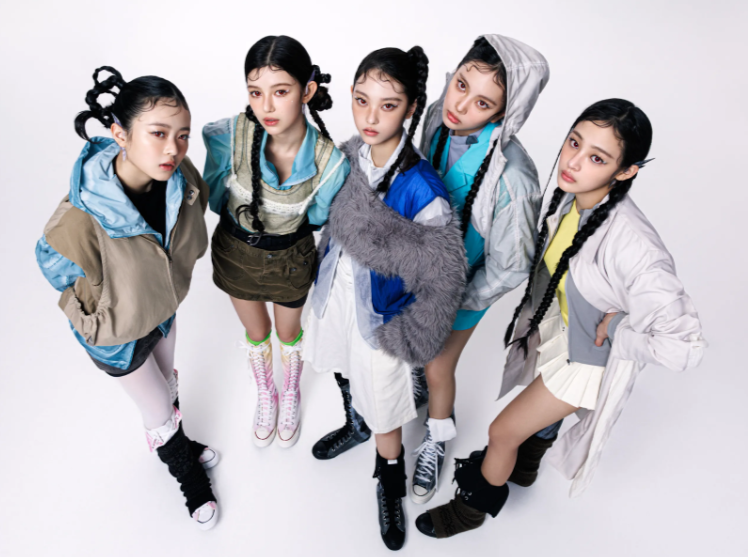
J-pop’s Quirky, Melodic Creativity
In contrast, J-pop thrives on experimental sounds and a rich tapestry of cultural influences. The genre often incorporates elements from anime, pop-rock, and traditional Japanese music, resulting in a unique auditory experience.
Artists like YOASOBI exemplify this by transforming fiction into pop music hits, drawing inspiration from various written works, and utilizing Vocaloid software to craft their songs. Similarly, Kyary Pamyu Pamyu blends vivid Japanese design with American pop culture, creating music that is both whimsical and avant-garde.
J-pop’s melodic creativity is further highlighted by its use of traditional instruments alongside modern synthesizers, creating a blend of old and new sounds. This fusion is evident in the works of artists like King Gnu, who mix city pop with hip-hop elements, resulting in tracks that are both innovative and rooted in Japanese culture.
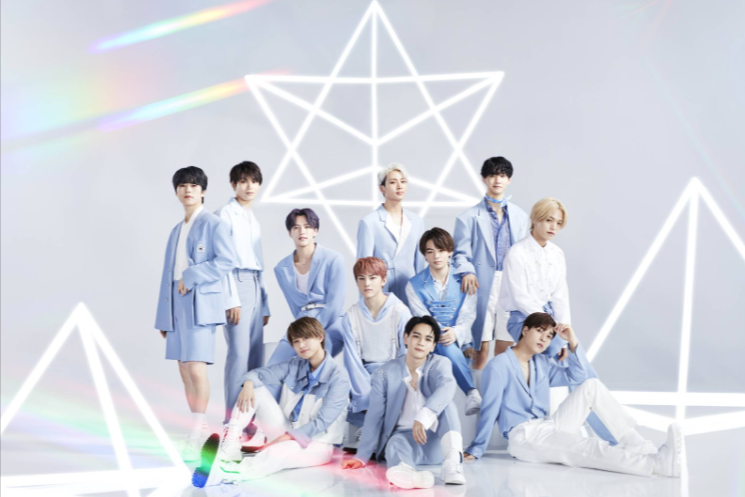
Performance & Visuals
Performance and visuals are central to both K-pop and J-pop, yet each genre offers a distinct approach. K-pop emphasizes synchronized choreography and high-concept music videos, while J-pop focuses on group personality, unique costumes, and fostering a deep connection with fans.
K-pop: Precision And Power
K-pop performances are renowned for their meticulous choreography, synchronized dance routines, and visually striking music videos. Groups like SEVENTEEN are celebrated for their flawless synchronization, earning them the title “Kings of Synchronization”.
The genre’s emphasis on precision is evident in the training systems that idols undergo, focusing on mirror practice, video analysis, and count precision to achieve perfect harmony on stage.
Music videos in K-pop are high-budget productions that often feature elaborate sets, fashion-forward styling, and cinematic storytelling. For instance, BLACKPINK’s “Kill This Love” showcases the group’s impeccable dance skills and visually stunning choreography.
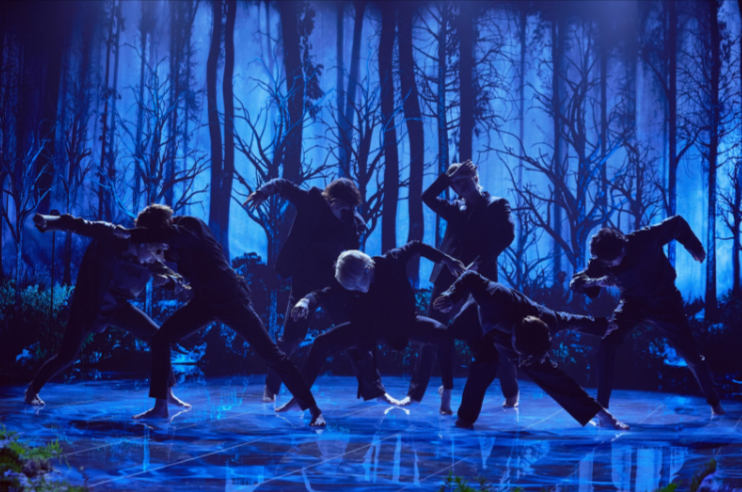
J-pop: Charm And Individuality
In contrast, J-pop performances prioritize individual charm, unique costumes, and fan engagement. Artists like Rika Woo blend traditional elements with modern J-pop, creating a distinctive performance style that resonates with diverse audiences.
Costumes play a significant role in J-pop, often reflecting the group’s personality and the themes of their music. Performers like Wednesday Campanella’s KOM_I are known for their eccentric onstage personas and innovative fashion choices, enhancing the overall performance experience.
Fan connection is a cornerstone of J-pop culture. Artists frequently engage with their audience through interactive performances and fan events, fostering a strong sense of community and loyalty among fans.
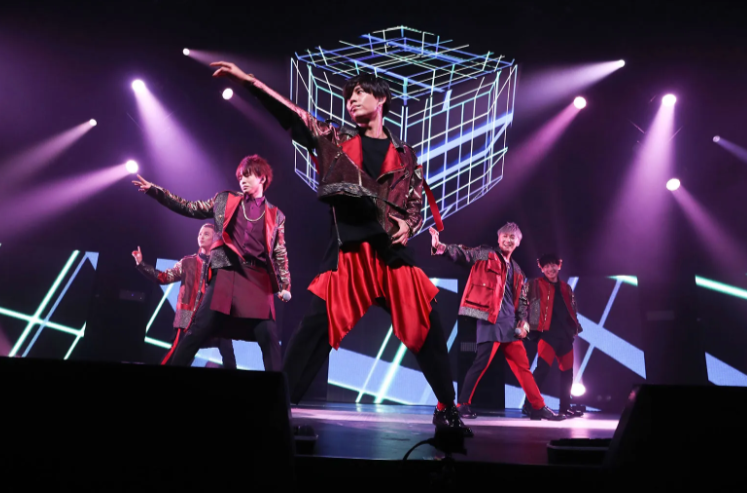
Global Popularity & Fanbase
K-pop and J-pop have both cultivated passionate fan bases, but their global footprints differ significantly. K-pop has achieved widespread international acclaim, while J-pop maintains a strong domestic presence with select international appeal.
| Metric | K-pop | J-pop |
|---|---|---|
| Estimated Global Fanbase | Over 150 million fans worldwide | Primarily domestic; global fanbase concentrated in anime and niche music communities |
| Top YouTube Channel | BLACKPINK: 92.5M subscribers, 32B+ views | THE FIRST TAKE: 8.5M subscribers, 2 B+ views |
| Most Viewed Artist | BTS: 28.9B+ total views | YOASOBI: Notable for viral hits like “Idol” with millions of views |
| International Tours | BLACKPINK’s Born Pink World Tour: 1.8M attendees across 66 shows | YOASOBI’s 2024 Tour: Performed at international venues including Lollapalooza and Radio City Music Hall |
| Social Media Engagement | Highly active on platforms like Twitter, Instagram, and TikTok, global trends are often driven by K-pop fandoms. | Strong presence on LINE and YouTube; international engagement primarily through anime and niche music platforms |
Top Groups & Artists to Know
Whether you’re a seasoned fan or new to the world of Asian pop, knowing the key players in K-pop and J-pop is essential. These artists have not only shaped their respective genres but have also left an indelible mark on the global music scene.
K-pop Icons
Some of the biggest names in K-pop have become global sensations, shaping the genre with their talent and charisma.
- BTS
Often hailed as the most influential K-pop group, BTS has achieved unprecedented global success. Even while on hiatus, they held the top position in May 2025’s boy group rankings, with a brand reputation index of 7,811,108 and a positive public sentiment of 92.02%.
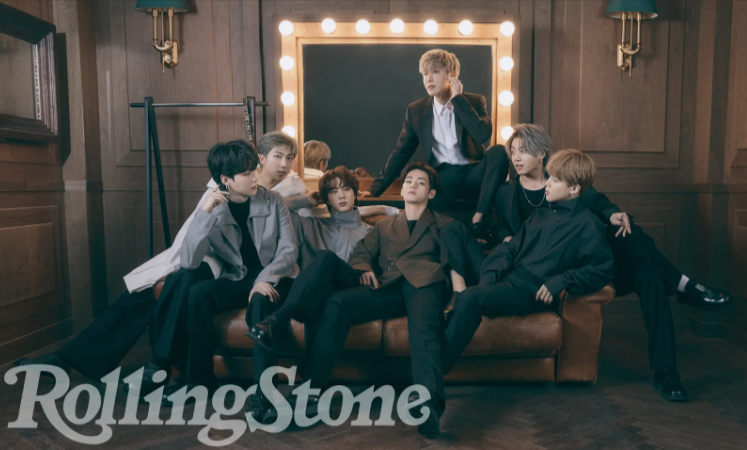
- BLACKPINK
This powerhouse girl group has not only dominated music charts but also made significant inroads into the fashion and global branding industries. Their upcoming 2025 world tour is highly anticipated.

- EXO
Known for their vocal prowess and synchronized performances, EXO is experiencing a resurgence in popularity. Member D.O. is set to make a solo comeback, and an Asia tour is in the planning stages.
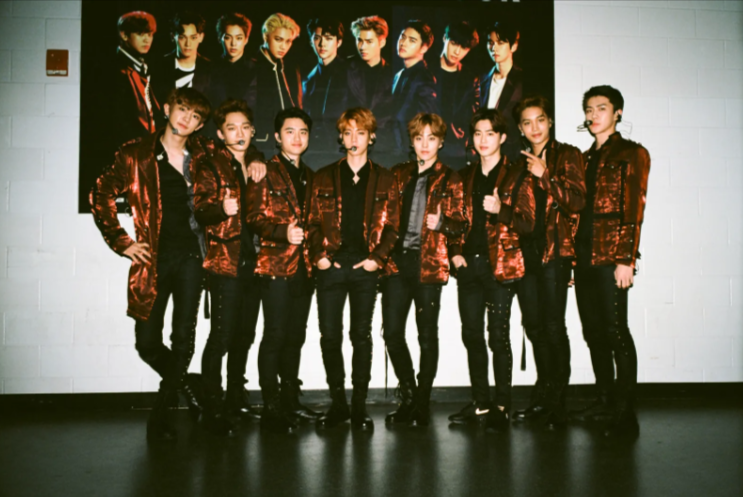
- TWICE
Dubbed “the Nation’s Girl Group,” TWICE has achieved remarkable milestones, including being the first foreign act to sell out three nights at Tokyo Dome.
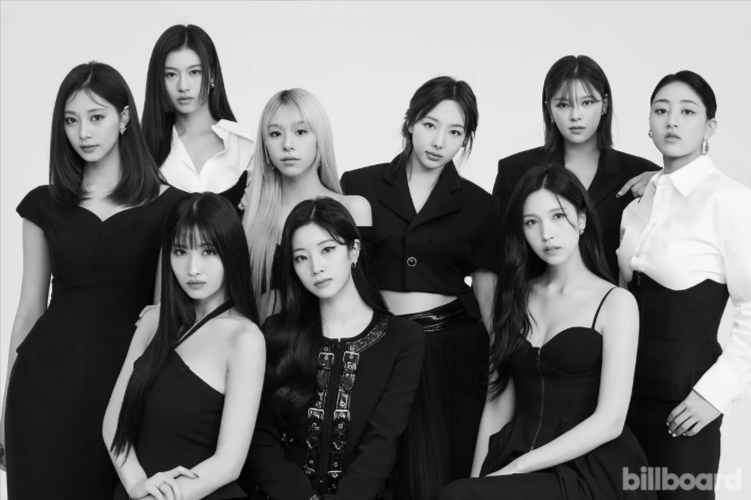
- Stray Kids
This group has rapidly ascended the K-pop ranks, and it is known for its powerful performances and self-produced music. Their recent single “Walking on Water” garnered two million views within three hours of release.
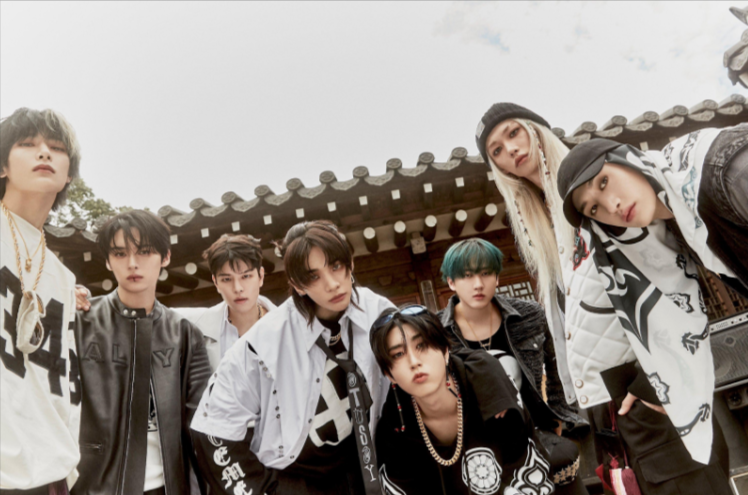
Find here which Stray Kid Idol is the fastest rapper in Kpop?
J-pop Stars
J-pop boasts iconic artists who have defined Japanese pop culture and continue to influence music worldwide.
- Hikaru Utada
Utada’s influence spans decades and is a seminal figure in J-pop. Her song “First Love” remains one of Japan’s best-selling singles.

- YOASOBI
This duo has captivated audiences by transforming literature into music. Their hit “Yoru ni Kakeru” has amassed over 11.6 million streams.
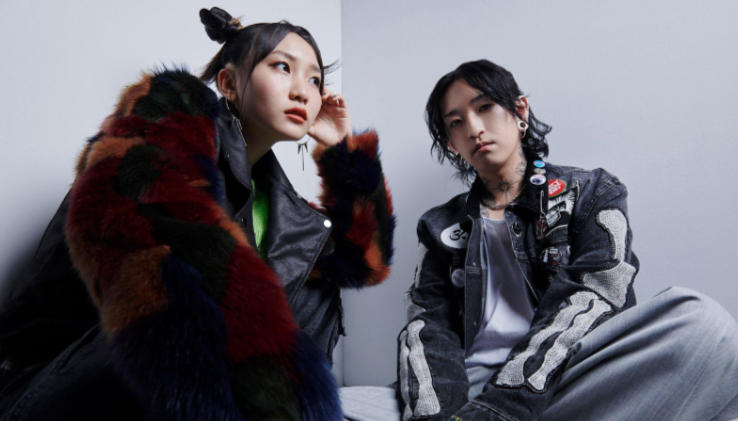
- King & Prince
As one of Johnny & Associates’ prominent groups, they’ve achieved significant domestic success and are making strides internationally.
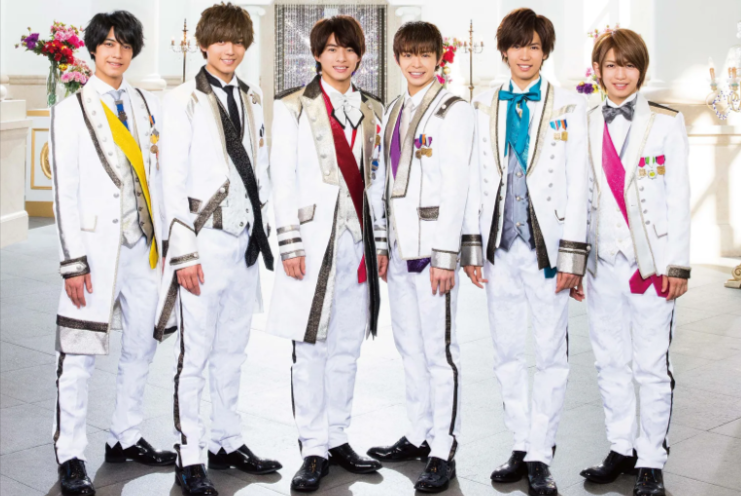
- AKB48
Known for their massive lineup and daily performances, AKB48 has redefined idol culture in Japan. They rank among the top Japanese artists with a Viberate popularity score of 378.2 K.
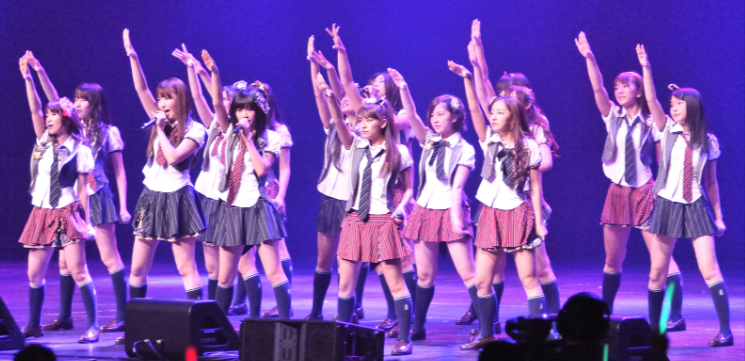
- Official HIGE DANdism
Blending pop and rock, this band has produced several chart-topping hits like “Pretender” and “Subtitle,” with the latter accumulating over 7.6 million streams.
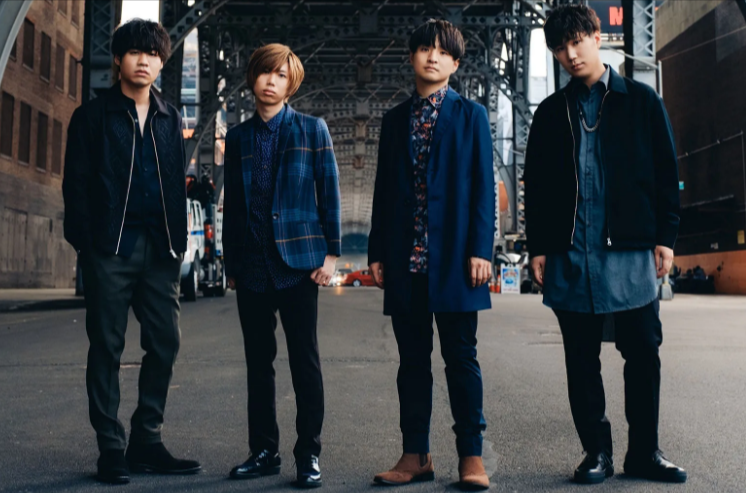
Find out if K-pop and J-pop fall in our list of Most Popular Music Genres Of 2025.
Conclusion: K-pop And J-pop Each Shine Uniquely
In the battle of K-pop vs J-pop, both genres offer something special. K-pop dazzles with its polished production, genre-blending music, and precision-packed performances that captivate a global audience.
Meanwhile, J-pop charms with its quirky creativity, melodic experimentation, and deep cultural roots that resonate strongly in Japan and beyond. From global fanbases and social media power to iconic artists and distinct styles, both have left lasting marks on the music world.
Whether you prefer synchronized dance moves or playful individuality, there’s no denying these Asian pop giants continue to shape entertainment worldwide.
FAQs
K-pop is known for its polished production, synchronized choreography, and global reach, while J-pop focuses on quirky melodies, individuality, and a strong domestic following.
K-pop enjoys broader global popularity with massive international tours and social media presence, whereas J-pop’s popularity is stronger in Japan and niche international communities.
Top K-pop groups include BTS, BLACKPINK, EXO, TWICE, and Stray Kids, known for their hit songs, impressive performances, and huge fan bases.
J-pop often incorporates experimental sounds, anime influences, and playful styles, reflecting Japan’s rich cultural heritage and creative freedom.
K-pop fans are highly active on global social media platforms and support international tours, while J-pop fans tend to be more focused on domestic concerts and anime-related events.
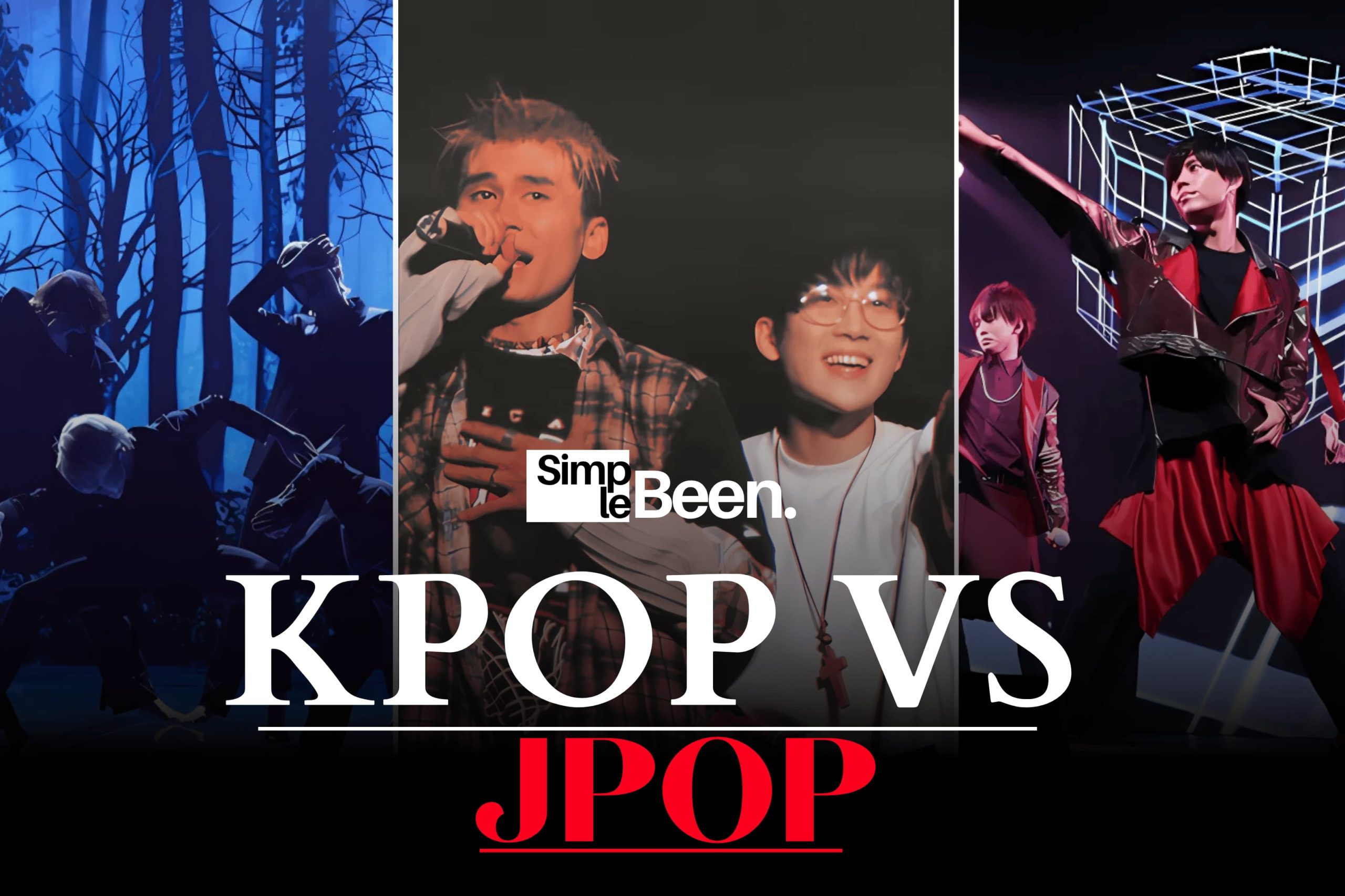





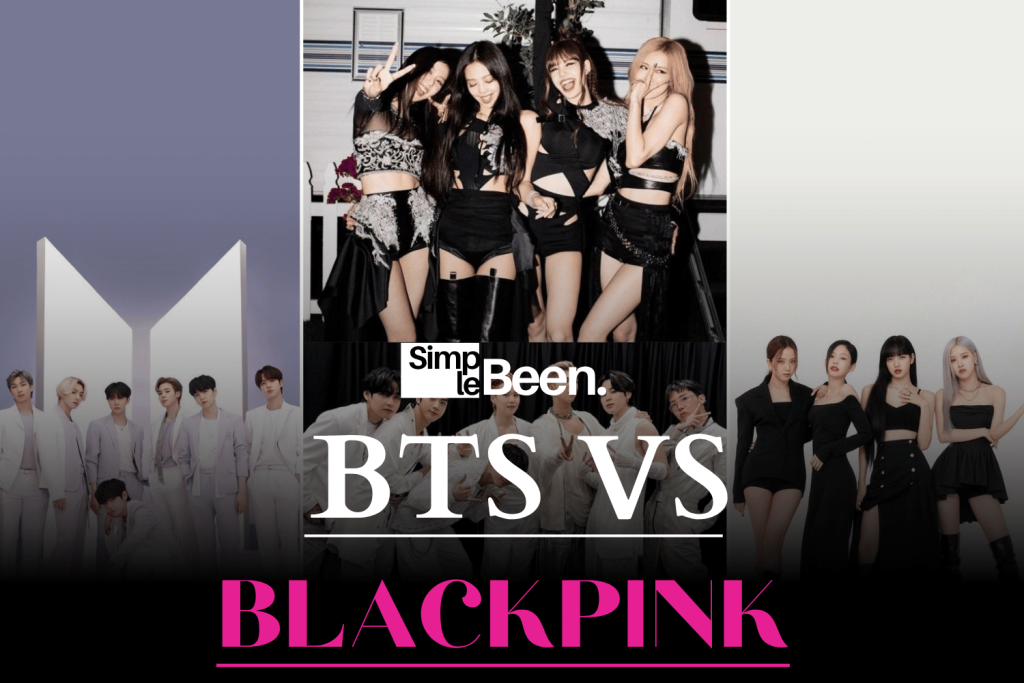
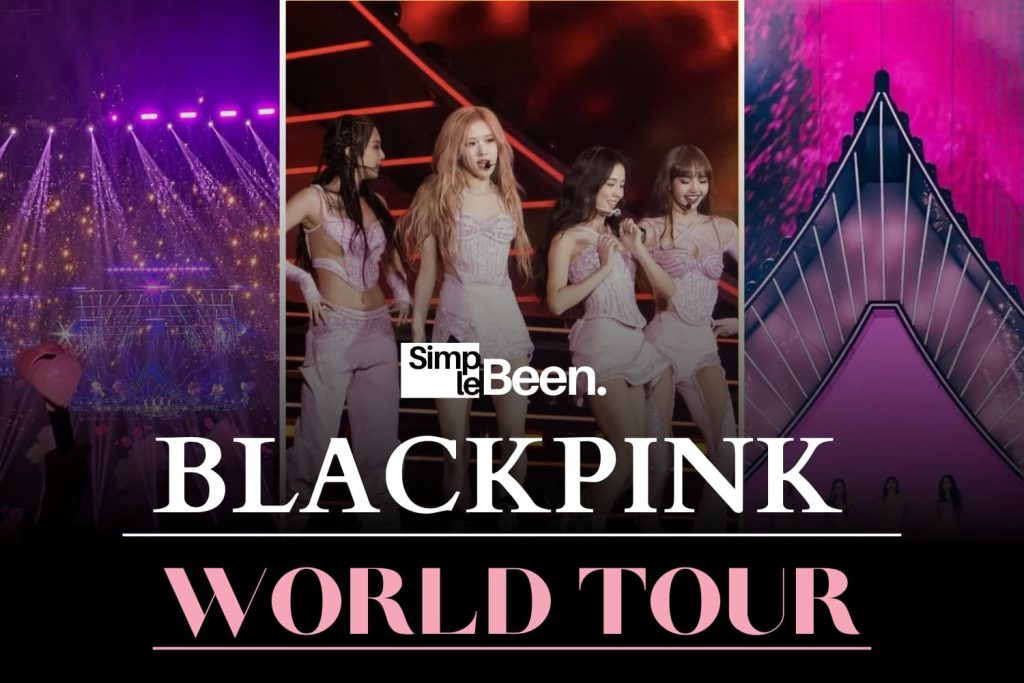


Leave a Comment